Home>Furniture>Outdoor Furniture>What Kind Of Gravel For A Patio
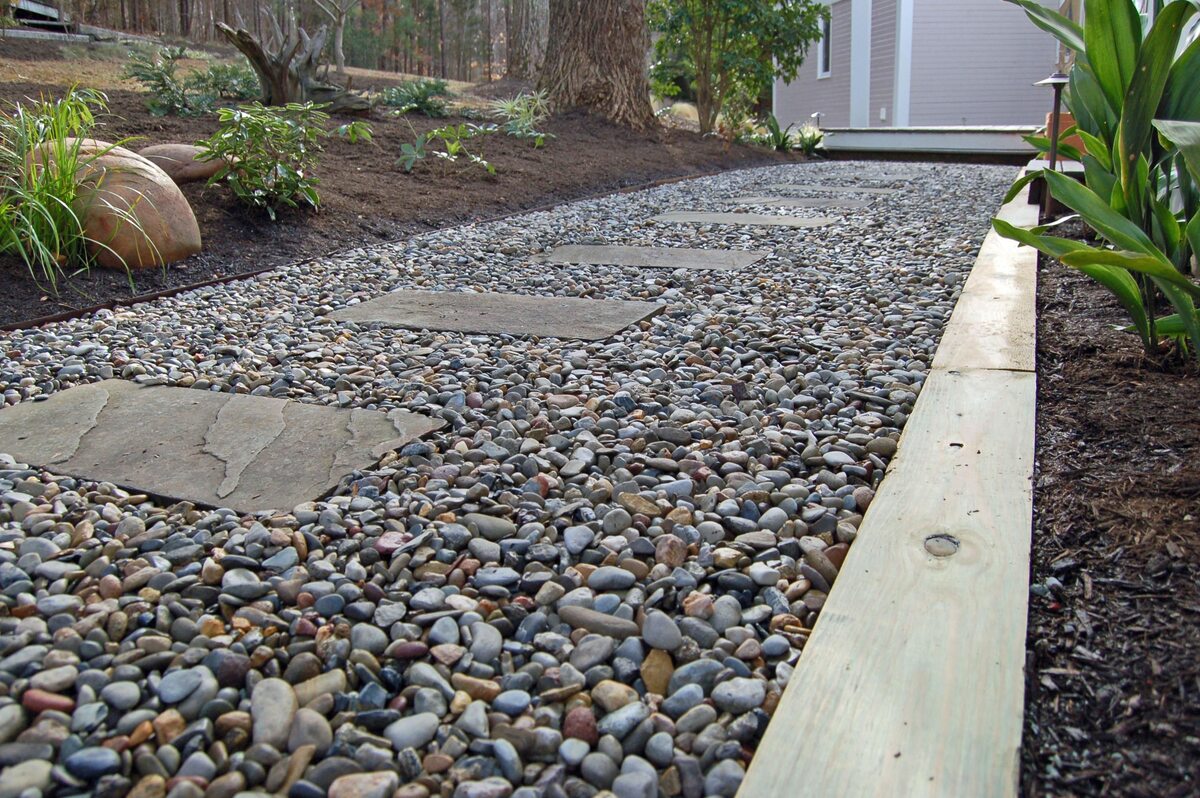

Outdoor Furniture
What Kind Of Gravel For A Patio
Modified: March 7, 2024
Looking for the perfect gravel for your patio? Discover the best options for outdoor furniture and create a stunning outdoor space with our expert recommendations.
(Many of the links in this article redirect to a specific reviewed product. Your purchase of these products through affiliate links helps to generate commission for Storables.com, at no extra cost. Learn more)
Introduction
When it comes to creating a functional outdoor space, a patio is a fantastic addition to any home. It provides a place for relaxation, entertainment, and outdoor dining. One crucial factor to consider in the construction of a patio is the choice of gravel. The type of gravel used can greatly impact the overall aesthetic appeal, durability, and maintenance requirements of the patio. In this article, we will explore the different types of gravel commonly used for patios, their benefits, and things to consider when making your selection.
Choosing the right gravel for your patio involves considering several factors. First and foremost, you need to consider the purpose and usage of the patio. Are you looking for a smooth surface for walking, or do you want a more decorative option? Additionally, climate and weather conditions can influence the choice of gravel, as some varieties may be more prone to erosion or damage in extreme weather. It’s also important to think about the overall style and design of your outdoor space, as the gravel you choose can complement or detract from the existing aesthetic.
Now, let’s delve into the different types of gravel that are commonly used for patios, and the characteristics that set them apart.
Key Takeaways:
- Choose the right gravel for your patio based on factors like size, drainage, stability, climate resistance, aesthetic appeal, and maintenance. Each type of gravel offers unique benefits to enhance your outdoor space.
- Proper installation and maintenance are essential for a long-lasting and visually appealing gravel patio. Consider base preparation, even gravel distribution, edging, regular maintenance, and periodic resealing to keep your patio looking its best.
Factors to Consider when Choosing Gravel for a Patio
When selecting gravel for your patio, there are several key factors to consider. These factors will help you choose the right type of gravel that meets your specific needs and enhances the functionality and beauty of your outdoor space.
1. Size and Shape: The size and shape of the gravel particles play a crucial role in determining the stability and comfort of your patio. Smaller particles, like pea gravel, create a smoother walking surface, while larger crushed stones can provide a more stable base. Consider the intended use of your patio and choose gravel accordingly.
2. Drainage: Proper drainage is essential to prevent water pooling on your patio. Choose gravel that allows water to flow freely through the gaps between particles. This will help prevent water damage and potential for mold or moss growth.
3. Stability: The stability of your patio is crucial, especially if it will be subjected to heavy foot traffic or furniture. Opt for gravel with angular edges that interlock, providing a firm and stable surface. This will prevent significant shifting and help maintain the integrity of your patio.
4. Climate and Weather Resistance: Consider the climate and weather conditions in your area. If your patio is exposed to heavy rain or snow, choose gravel that is resistant to erosion and won’t wash away easily. Additionally, some gravel may become slippery when wet, so be mindful of this when selecting the type for your patio.
5. Aesthetic Appeal: Gravel comes in a variety of colors and textures, allowing you to create a patio that reflects your personal style. Consider the existing elements in your outdoor space and choose gravel that complements the overall design. Whether you prefer a natural and rustic look or a more contemporary feel, there’s a gravel option to suit your preferences.
6. Maintenance: Lastly, consider the maintenance requirements of different types of gravel. Some gravel may require more frequent raking or occasional replacement to keep the patio looking fresh and well-maintained. Choose gravel that aligns with your maintenance preferences and capabilities.
By carefully considering these factors, you can select the perfect gravel for your patio that will meet your functional needs and enhance the overall appearance of your outdoor space.
Types of Gravel for Patios
When it comes to choosing gravel for your patio, there are several options available. Each type of gravel brings its own unique characteristics, giving you the opportunity to create a patio that suits your specific preferences and needs. Let’s explore some of the most commonly used types of gravel for patios:
1. Pea Gravel: Pea gravel is a small, rounded gravel that is commonly used for patios due to its smooth texture and ease of installation. It is composed of small, smooth stones that are about the size of a pea, hence the name. Pea gravel comes in various colors and is known for its excellent drainage properties. It is a popular choice for those looking to create a relaxed and casual patio space.
2. Crushed Stone: Crushed stone is a versatile option that comes in various sizes and shapes. It is made by mechanically crushing larger stones into smaller pieces. Crushed stone provides a solid and stable surface, making it ideal for high-traffic areas. With its rugged and natural appearance, crushed stone is perfect for adding a touch of rustic charm to your patio.
3. River Rock: River rock, also referred to as river stones or pebbles, is smooth and worn by water erosion. These small to large rocks come in a range of colors and can add a decorative element to your patio. River rock is known for its durability and low maintenance requirements. It can create a unique and visually appealing patio surface.
4. Decomposed Granite: Decomposed granite is made up of fine particles resulting from the weathering and erosion of granite rocks. It creates a natural, earthy look and provides excellent drainage properties. Decomposed granite is usually compacted to form a solid and stable surface, making it ideal for patio areas that experience heavy foot traffic.
These are just a few examples of the different types of gravel you can use for your patio. Each one offers its own set of benefits and can be customized to suit your desired aesthetic and functional requirements. Take your time to explore and choose the gravel that best aligns with the vision you have for your outdoor space.
Pea Gravel
Pea gravel is a popular choice for patios due to its versatility and aesthetic appeal. This type of gravel is composed of small, smooth stones that are about the size of a pea, typically ranging between 1/8 and 3/8 inch in diameter. It is named pea gravel because of its resemblance to the size and shape of peas, creating a unique and visually interesting texture for your patio.
One of the primary advantages of pea gravel is its smooth and rounded surface, making it comfortable to walk on barefoot or for pets to play on. It is particularly suitable for areas where relaxation and informal gatherings take place. The smooth texture of pea gravel also makes it ideal for patio furniture since it won’t scratch or degrade the surfaces.
Pea gravel is known for its excellent drainage properties, allowing water to flow freely between the small gaps. This makes it a great option for areas prone to heavy rainfall or where proper water drainage is essential to prevent moisture buildup. Proper drainage not only helps maintain the integrity of your patio but also reduces the risk of water damage and mold growth.
In terms of color options, pea gravel comes in a range of hues, including earth tones like beige, brown, and gray. This allows you to choose a color that complements your outdoor space and blends seamlessly with the surrounding landscape. The natural and earthy tones of pea gravel create a visually pleasing aesthetic, enhancing the overall appeal of your patio.
When it comes to installation, pea gravel is relatively easy to work with. It can be spread evenly across the patio area and compacted to provide stability. However, it’s important to note that pea gravel may shift or disperse over time due to foot traffic or weather conditions. Regular raking and re-leveling may be necessary to maintain a smooth and even surface.
In terms of maintenance, pea gravel is relatively low-maintenance. While it may require occasional raking and leveling, it does not typically require frequent replacement or additional maintenance tasks. Additionally, pea gravel is environmentally friendly and can be reused or recycled if desired.
Overall, pea gravel is an attractive and practical option for patio surfaces. Its smooth texture, excellent drainage, and range of color options make it a versatile choice that can complement various outdoor designs and landscaping themes. So if you’re looking for a comfortable and visually appealing gravel option for your patio, pea gravel is definitely worth considering.
Crushed Stone
Crushed stone is a popular choice for patios due to its durability, versatility, and natural appearance. This type of gravel is made by mechanically crushing larger stones into smaller pieces of varying sizes. The resulting crushed stone is angular in shape, providing a strong and stable base for your patio.
One of the main advantages of using crushed stone for your patio is its exceptional strength and durability. It can withstand heavy foot traffic and is resistant to erosion, making it ideal for high-traffic areas. The angular edges of crushed stone interlock with each other, creating a solid and stable surface that can endure the elements and heavy use.
Crushed stone comes in various sizes, ranging from a fine powder to larger pieces, depending on your specific needs and preferences. The variety of sizes allows for customization, allowing you to create a patio surface that suits your desired aesthetic and functional requirements. Smaller crushed stone particles can be compacted tightly to create a smooth and level surface, while larger pieces can add texture and visual interest.
Another benefit of using crushed stone for your patio is its natural appearance. Due to its earthy textures and colors, crushed stone adds a touch of rustic charm to outdoor spaces. It blends seamlessly with the surrounding landscape, giving your patio a natural and harmonious feel. Furthermore, crushed stone can be used to create intricate patterns or borders, allowing for creative and unique designs.
Installation of crushed stone requires proper surface preparation to ensure a durable and long-lasting patio. It typically involves excavating the area, adding a geotextile fabric to prevent weed growth, and compacting a layer of crushed stone as the base. This process helps create a stable foundation for your patio and minimizes the risk of shifting or settling over time.
In terms of maintenance, crushed stone is relatively low-maintenance. It does not require regular raking or re-leveling like some other gravel options. However, occasional sweeping or hosing down the patio to remove debris and dirt is recommended to keep it looking clean and tidy.
One thing to consider when using crushed stone for your patio is that it may have a slightly rougher texture compared to other types of gravel. This could be a factor to consider if you plan on using the patio for activities that require a smooth walking surface.
Overall, crushed stone offers a durable, versatile, and visually appealing option for patio surfaces. Its strength, natural appearance, and range of customizable options make it a popular choice among homeowners looking to create a long-lasting and aesthetically pleasing outdoor space.
When choosing gravel for a patio, look for angular stones around 1/4 inch in size. This size and shape will lock together to create a stable surface for walking and furniture.
Read more: What Kind Of Concrete For Patio
River Rock
River rock, also known as river stones or pebbles, is a popular choice for patios due to its natural beauty and versatility. These smooth, rounded stones are shaped by the natural erosion of water, resulting in a unique and visually appealing texture.
One of the main advantages of using river rock for your patio is its aesthetic appeal. The smooth, water-worn appearance of river rocks adds a touch of elegance and tranquility to your outdoor space. The range of colors available, including shades of gray, brown, and cream, allows for customization to suit your desired look and complement your existing landscape design.
River rock is known for its durability and low maintenance requirements. These stones are highly resistant to weathering and will maintain their beauty for years to come. They are also naturally resistant to erosion, making them a suitable option for areas prone to heavy rainfall or runoff. The durability of river rock ensures a long-lasting patio surface, even in high-traffic areas.
One of the unique benefits of using river rock is its versatility in design. River rocks can be used in various ways to create a visually interesting patio. They can be laid in a solid pattern for a clean and modern look, or they can be placed in irregular patterns to create a more natural and organic feel. Additionally, river rock can be combined with other materials, such as pavers or concrete, to create contrasting textures and design elements.
Installation of river rock for a patio involves careful preparation of the base and proper edging to ensure that the stones remain in place. A stable and level surface is essential to prevent shifting or displacement of the rocks. Incorporating a geotextile fabric underneath the rocks can aid in weed prevention and maintain the integrity of the patio.
In terms of maintenance, river rock is relatively low-maintenance. Regular sweeping or rinsing off the surface of the patio will remove debris and keep it looking clean. However, it’s important to note that smaller pieces of debris, such as leaves or twigs, can become lodged between the rocks and require periodic removal.
It’s worth mentioning that due to the smooth and rounded nature of river rocks, the surface may become slippery when wet. This should be taken into consideration when using river rock for a patio, especially in areas that are frequently exposed to water or where safety is a concern.
Overall, river rock provides a beautiful and versatile option for patio surfaces. Its natural beauty, durability, and low maintenance requirements make it an excellent choice for those looking to create a visually appealing outdoor space that exudes tranquility and elegance.
Decomposed Granite
Decomposed granite is a popular choice for patios due to its natural appearance, durability, and excellent drainage properties. It is made up of fine particles resulting from the weathering and erosion of granite rocks. This creates a unique and earthy look that blends well with various outdoor settings.
One of the key advantages of using decomposed granite for your patio is its ability to provide excellent drainage. The small particle size allows water to permeate easily through the gaps, preventing the accumulation of standing water. This is especially beneficial in areas that experience heavy rainfall or require proper water drainage to maintain the integrity of the patio.
Another benefit of decomposed granite is its relatively easy installation process. Once prepared and leveled, it can be spread evenly across the patio area and compacted to form a firm and stable surface. The compacted nature of decomposed granite makes it ideal for areas with high foot traffic, as it provides a solid foundation and reduces the likelihood of uneven surfaces or shifting stones over time.
Decomposed granite offers a natural and earthy aesthetic that can enhance the overall look of your patio. It comes in various shades of brown, gray, and beige, allowing you to choose a color that complements your outdoor space. The texture of decomposed granite adds depth and visual interest, creating a visually pleasing patio surface.
In terms of maintenance, decomposed granite is relatively low-maintenance. However, it may require occasional raking and leveling to keep the patio surface even and uniform. Over time, decomposed granite particles can shift or settle, especially in areas with heavy foot traffic. Regular maintenance can help preserve the appearance and functionality of the patio.
It’s worth noting that decomposed granite does have a slightly coarser texture compared to other gravel options. This may be a factor to consider if you plan on using the patio for activities that require a smooth walking surface, such as walking barefoot or using wheeled furniture.
Additionally, decomposed granite can be combined with stabilizers, such as resin or natural binders, to improve its compactability and prevent erosion. This can result in a more solid and durable patio surface, especially in areas with steep slopes or heavy water flow.
Overall, decomposed granite offers a natural and durable option for patio surfaces. Its excellent drainage properties, easy installation, and earthy aesthetic make it a popular choice among homeowners looking to create a patio that blends seamlessly with the surrounding landscape.
Installation and Maintenance Tips
Proper installation and maintenance are essential for ensuring a long-lasting and functional patio. By following these tips, you can ensure that your gravel patio remains beautiful and in good condition for years to come.
1. Preparing the Base: Before installing the gravel, it’s important to prepare the base properly. Clear the area of any vegetation or debris, and level the ground using a rake or shovel. For stability and to prevent weed growth, consider using a geotextile fabric as a base layer. This will help maintain the integrity of the patio and prevent weeds from pushing through the gravel.
2. Laying the Gravel: Spread the gravel evenly across the patio area. Use a rake or shovel to distribute it evenly and achieve the desired thickness. For a smooth and level surface, consider using a tamper or compactor to compact the gravel. This will help create a stable foundation and minimize shifting over time.
3. Edging and Containment: Consider adding edging or containment borders to your patio to help keep the gravel in place. This can be done using materials like plastic or metal edging, bricks, or stones. Edging will help prevent the gravel from spreading into surrounding areas, ensuring a neat and clean appearance.
4. Regular Maintenance: Regular maintenance is necessary to keep your gravel patio looking its best. Use a rake or broom to remove debris, leaves, and twigs that may accumulate on the surface. This will prevent them from settling between the gravel particles and potentially causing unevenness. Occasional hosing down or light pressure washing can also help remove dirt and refresh the appearance of the patio.
5. Resealing: If you have a stabilized gravel patio or have used any binders or resins, it may require periodic resealing to maintain its strength and durability. Follow the manufacturer’s recommendations for resealing and consider doing it every few years, or as needed, to protect the surface from wear and tear.
6. Weed Control: Despite using a geotextile fabric, some weed growth may still occur over time. Regularly inspect the patio area and remove any weeds or grass that manage to grow through the gravel. Consider using a non-selective herbicide to control weed growth, making sure to follow the instructions provided by the manufacturer.
7. Repairing and Replenishing: Over time, the gravel may shift or become displaced in certain areas, especially in high-traffic spots. It’s important to periodically check for any unevenness or bare spots and replenish the gravel as needed. This will help maintain a consistent and level surface throughout the patio.
By following these installation and maintenance tips, you can ensure that your gravel patio remains visually appealing, stable, and functional for many years. Regular care and attention will help preserve its beauty and enhance your outdoor space for maximum enjoyment.
Conclusion
A well-designed and properly installed gravel patio can add beauty, functionality, and character to your outdoor space. Choosing the right type of gravel is crucial for creating a patio that meets your specific needs and enhances the overall appeal of your outdoor area.
Consider factors such as size, drainage, stability, climate resistance, aesthetic appeal, and maintenance requirements when selecting your gravel of choice. Pea gravel offers a smooth and comfortable surface, crushed stone provides durability and versatility, river rock adds a natural and elegant touch, and decomposed granite offers excellent drainage and a unique earthy look.
During the installation process, ensure proper base preparation, even distribution of gravel, and consider using edging or containment measures to keep the gravel in place. Regular maintenance, such as removing debris, occasional resealing, and monitoring for weed growth, will help keep your patio looking clean and well-maintained.
Remember that the choice of gravel largely depends on your personal preferences, the intended use of the patio, and the existing landscape design. Take your time to explore and select the gravel that best aligns with your vision and creates the atmosphere you desire.
By following the installation and maintenance tips provided, your gravel patio will withstand the test of time and provide a functional and visually appealing space for relaxation, entertainment, and outdoor gatherings.
So, whether you opt for pea gravel’s smoothness, crushed stone’s durability, river rock’s elegance, or decomposed granite’s natural charm, a well-designed gravel patio will undoubtedly enhance your outdoor experience and become a focal point of your home.
Frequently Asked Questions about What Kind Of Gravel For A Patio
Was this page helpful?
At Storables.com, we guarantee accurate and reliable information. Our content, validated by Expert Board Contributors, is crafted following stringent Editorial Policies. We're committed to providing you with well-researched, expert-backed insights for all your informational needs.
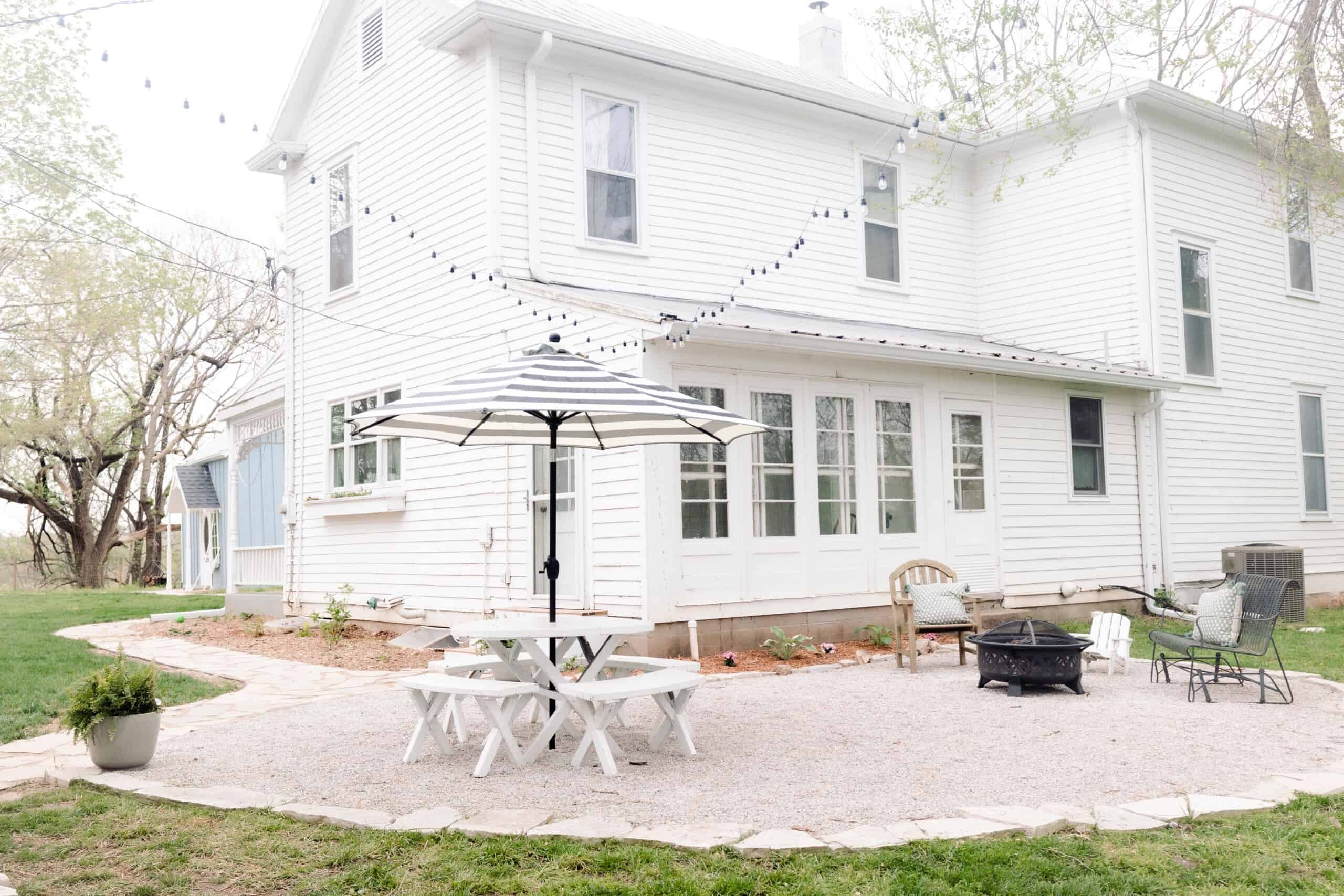
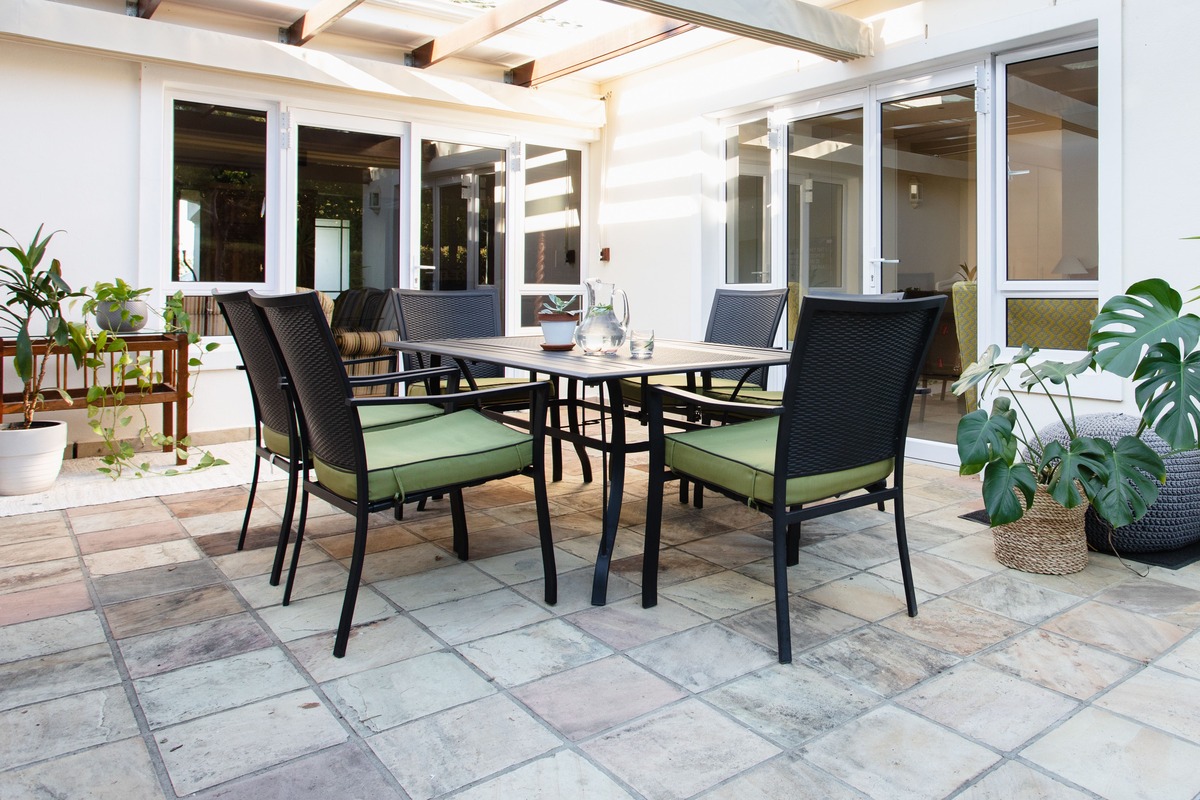
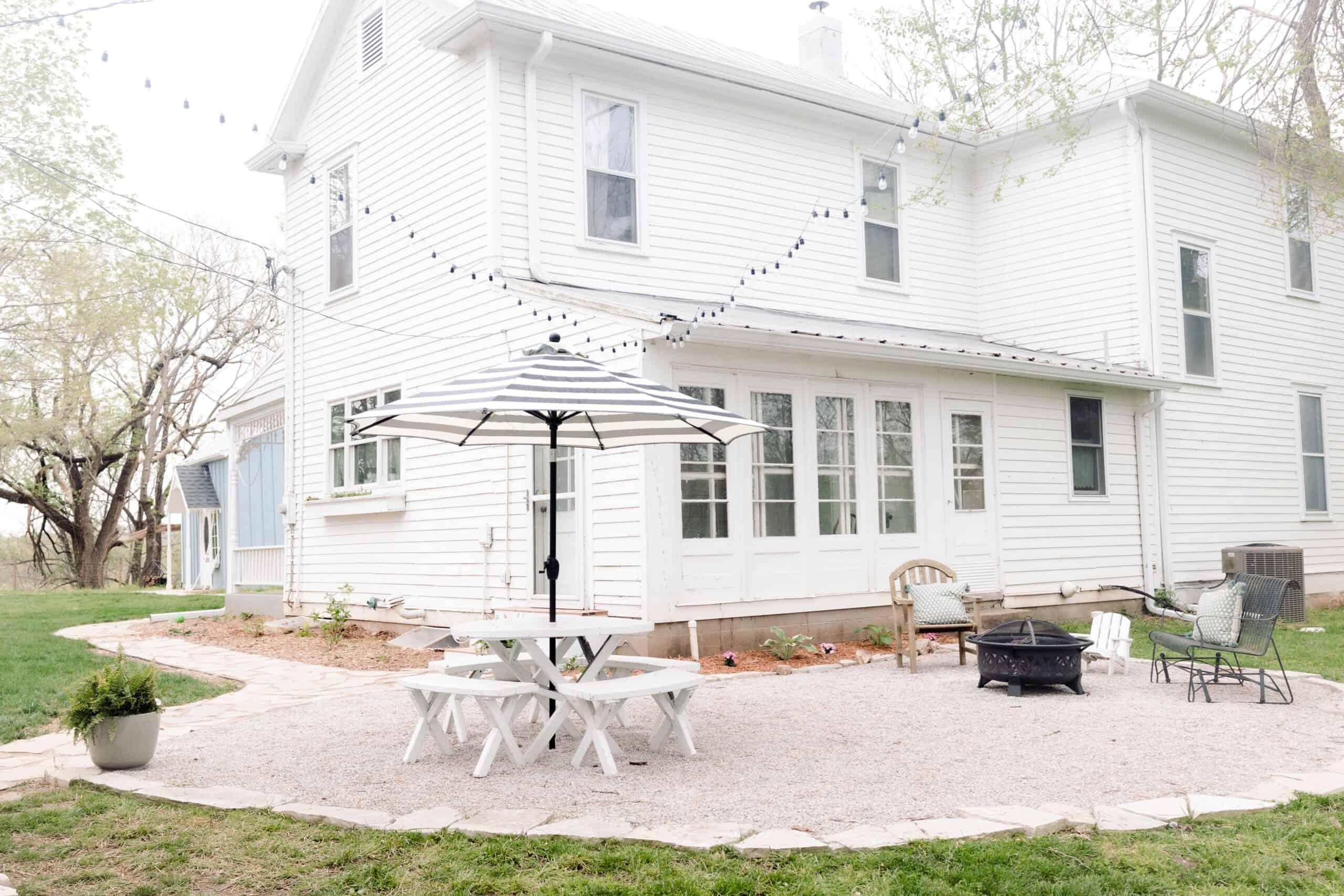
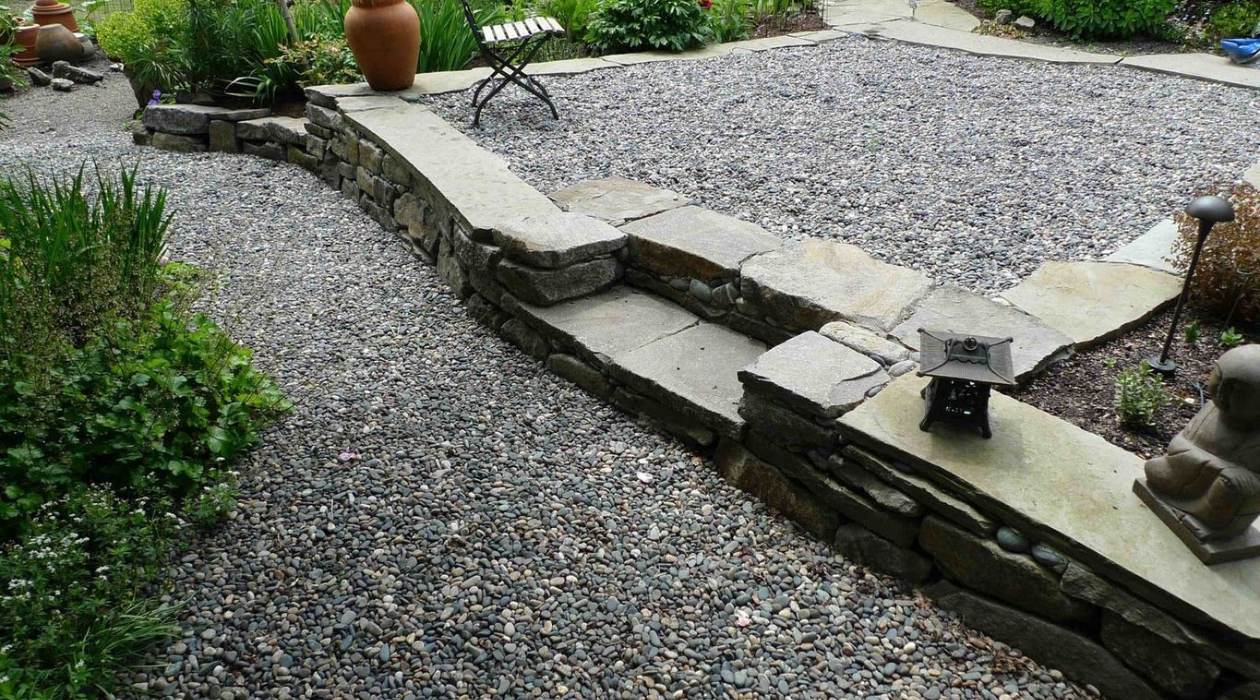
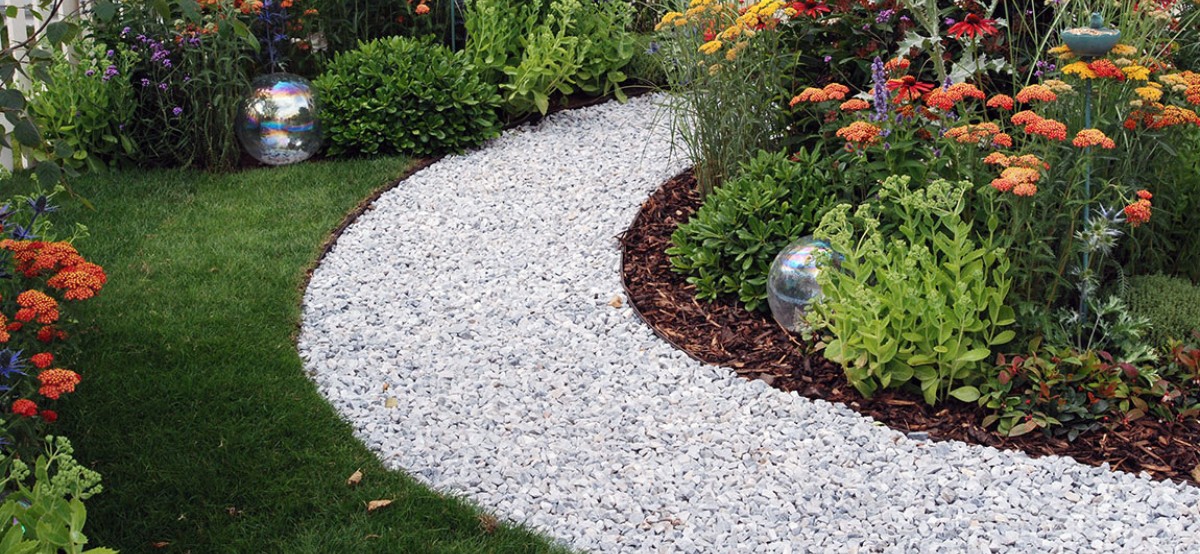
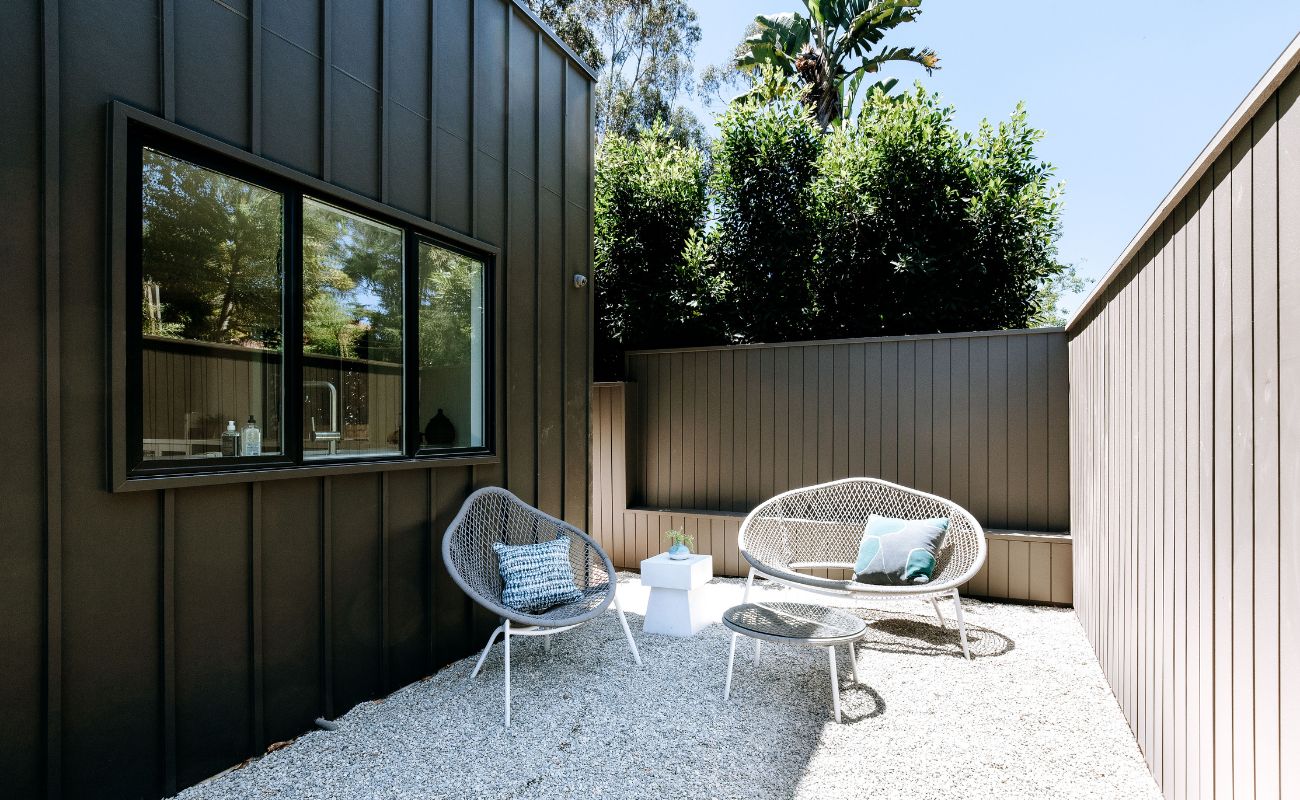
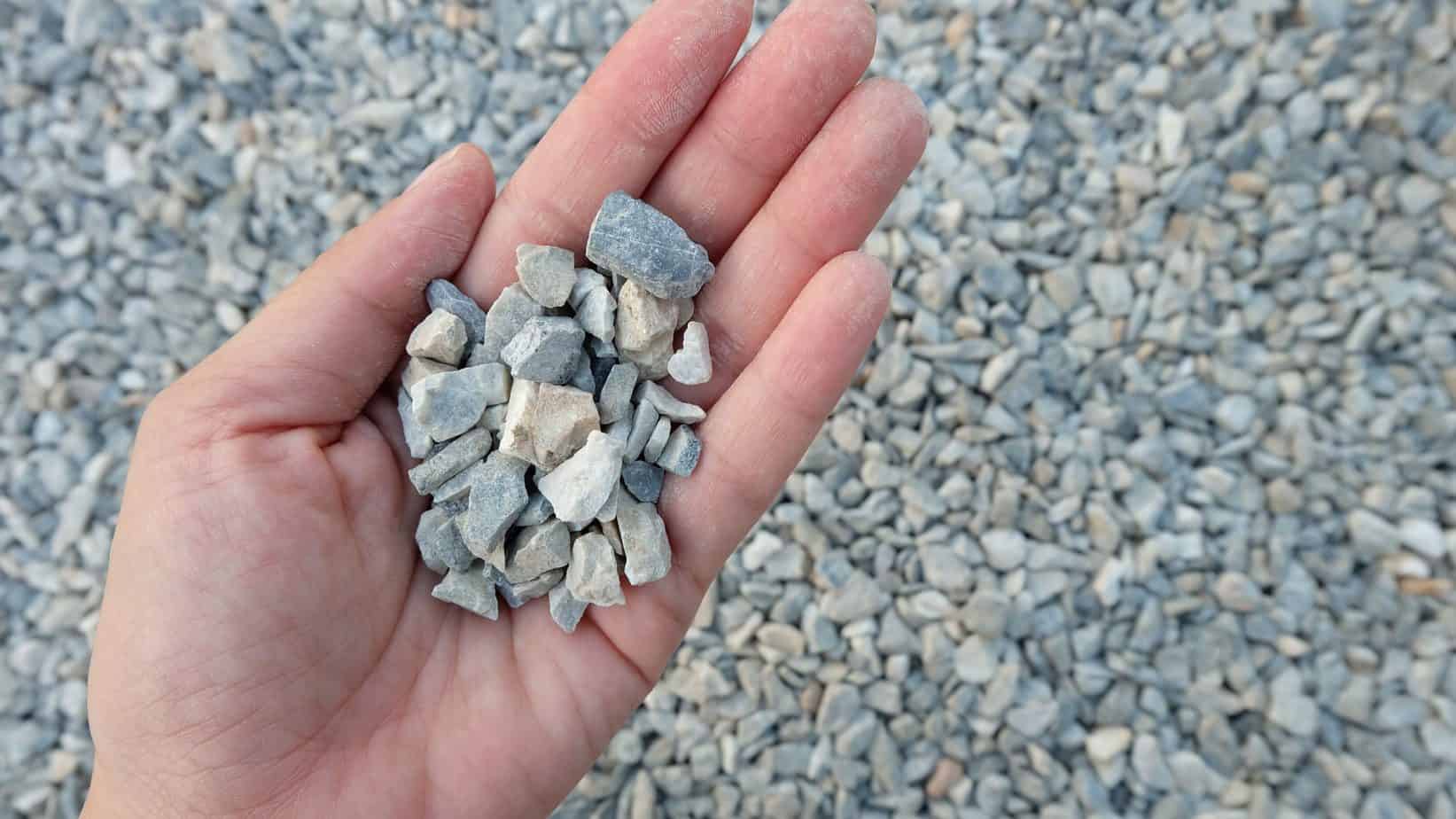

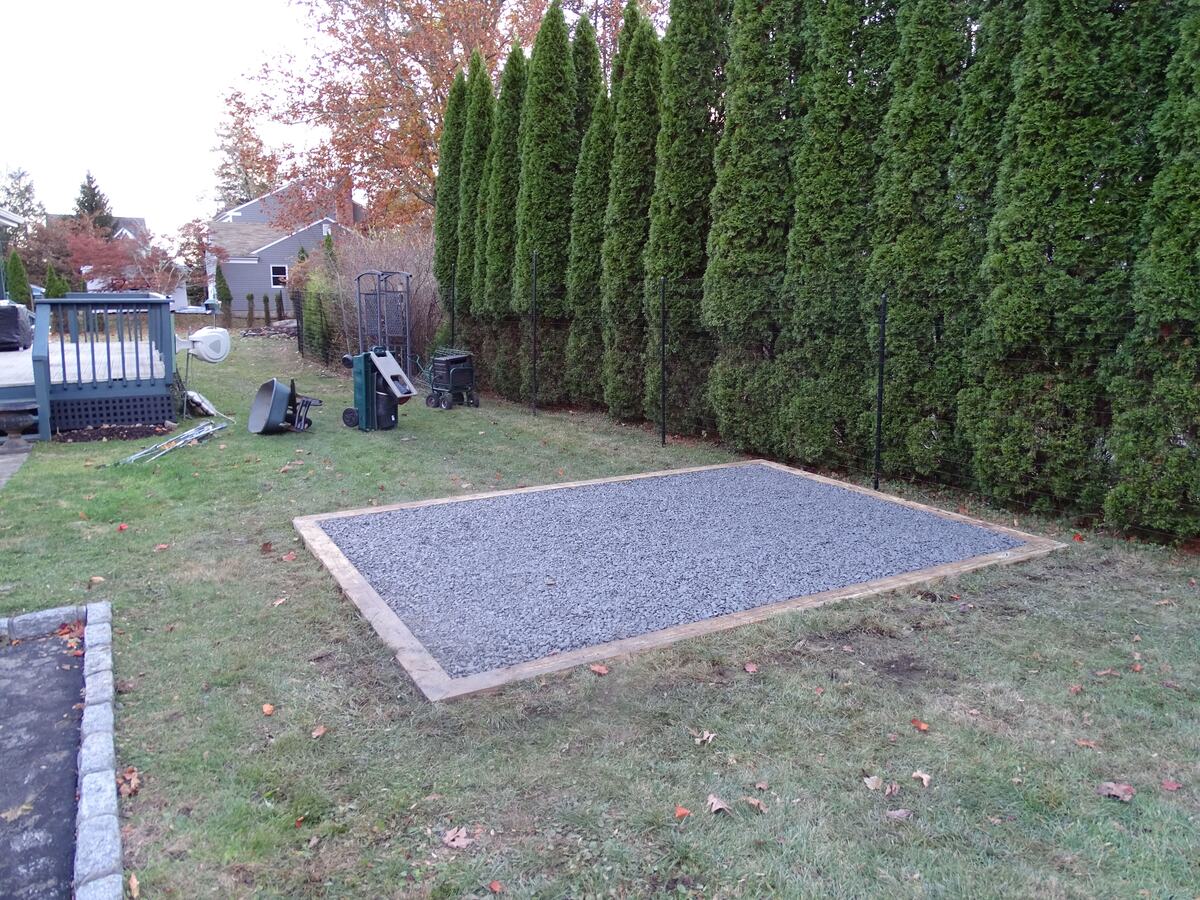
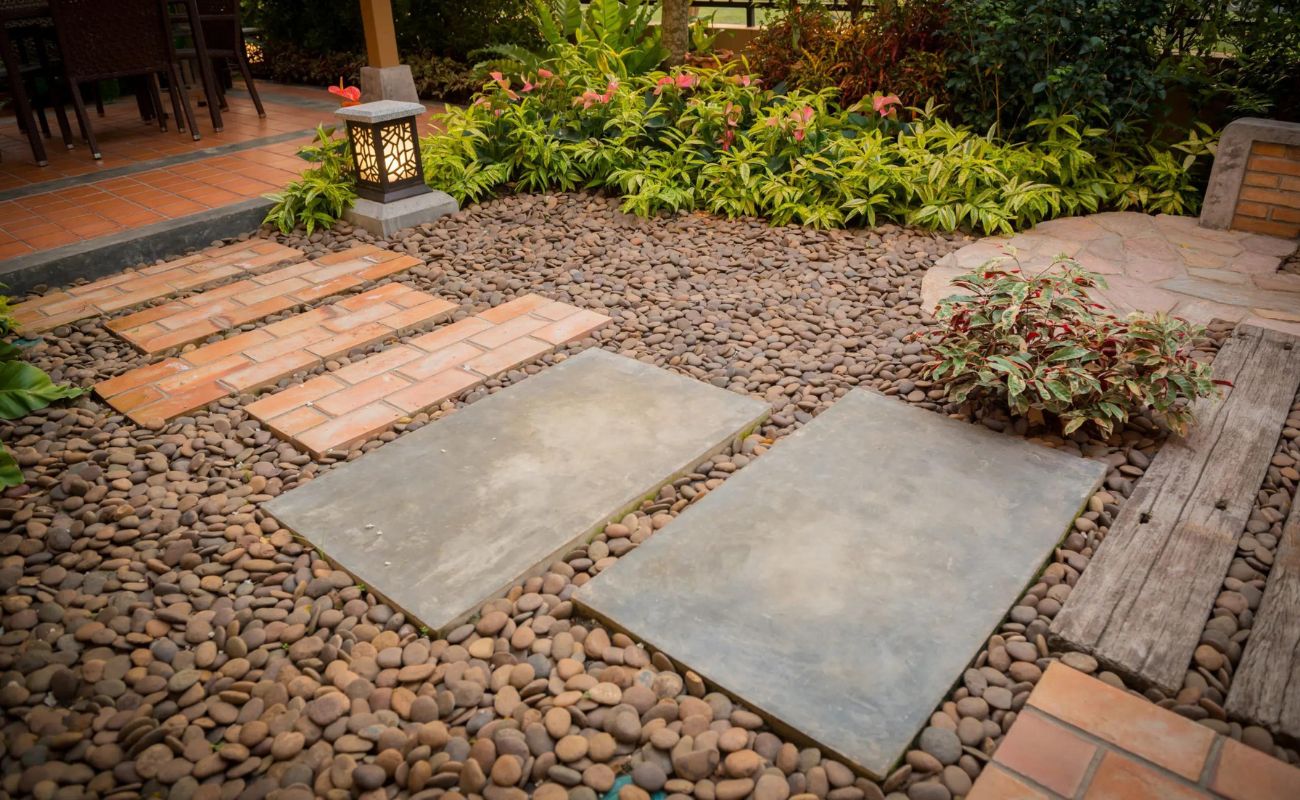
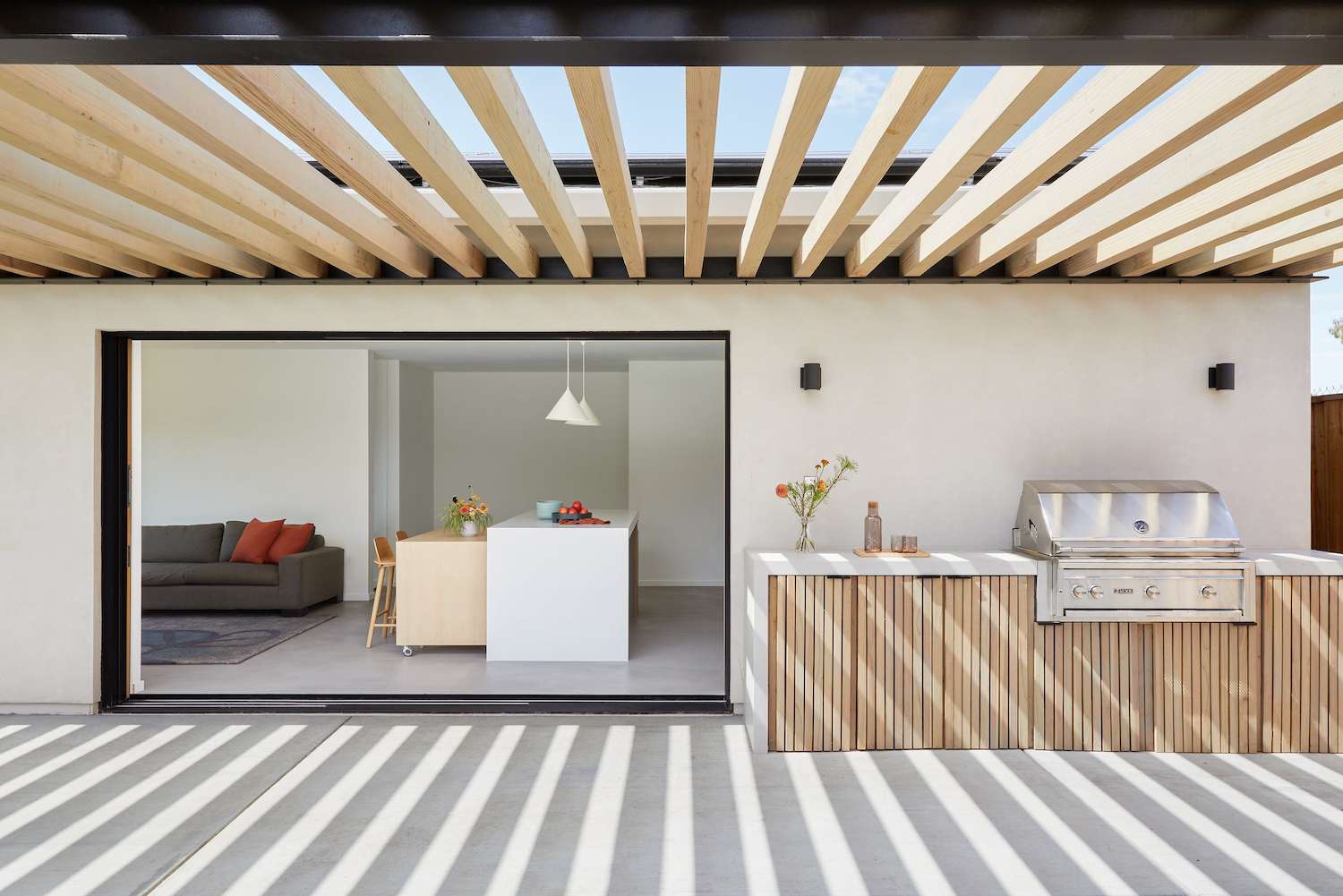
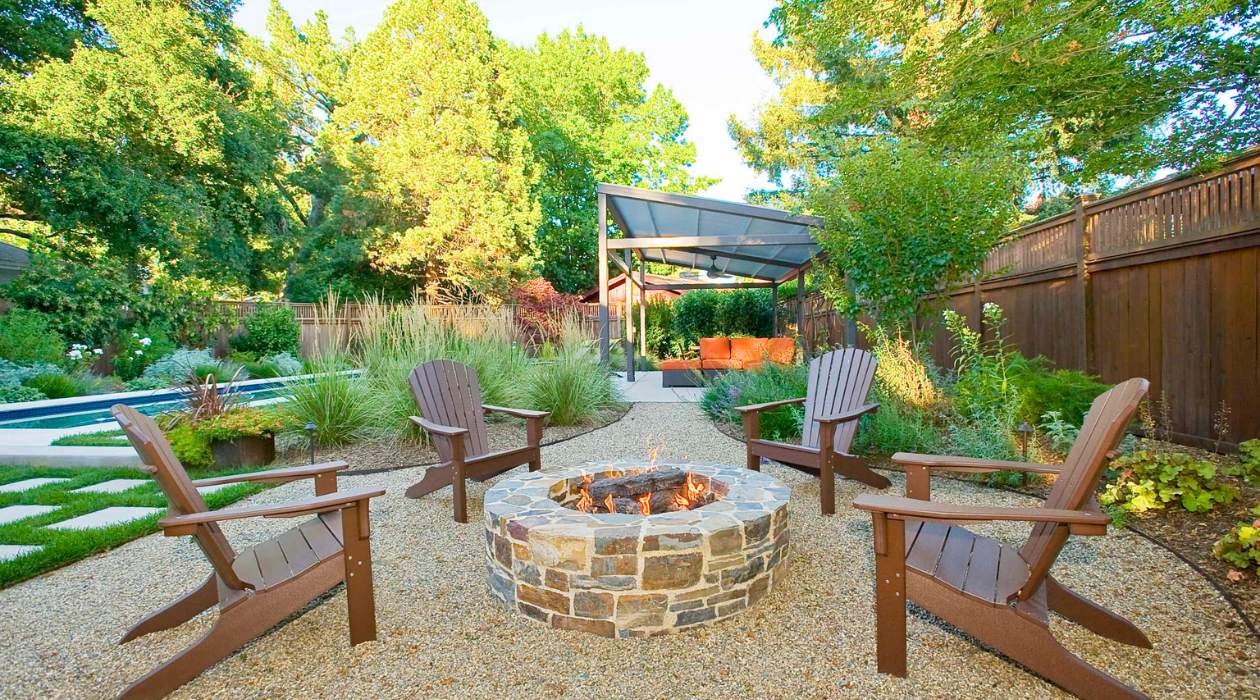
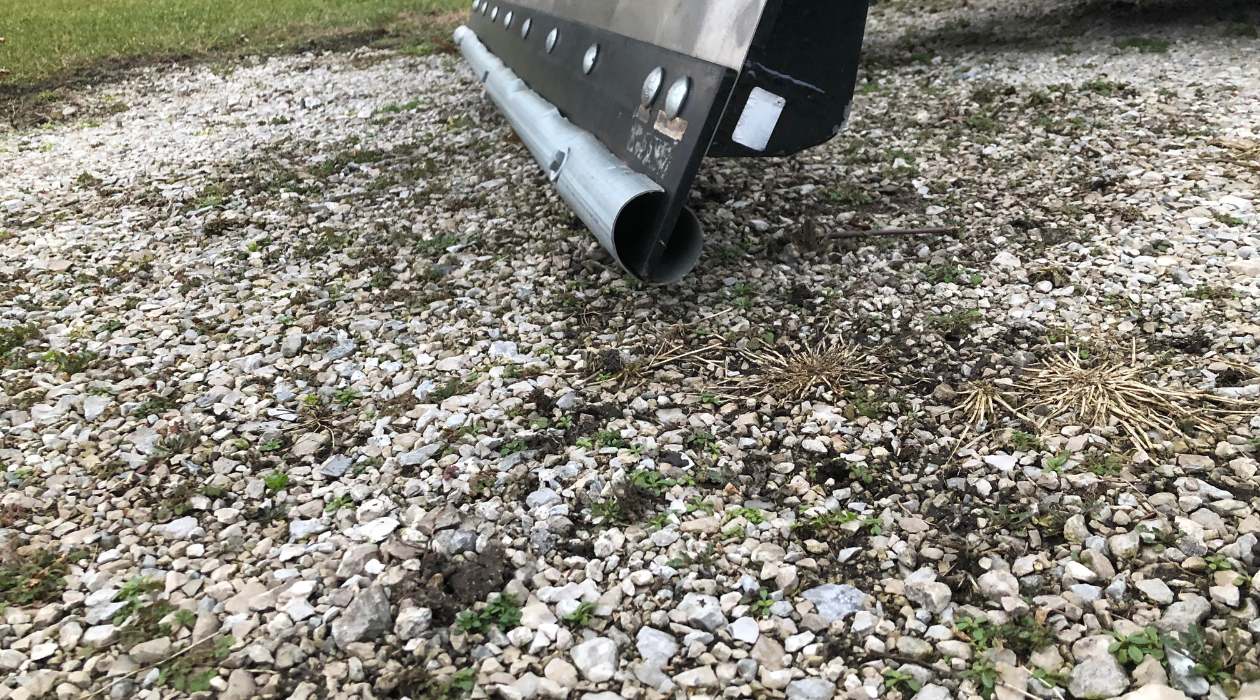
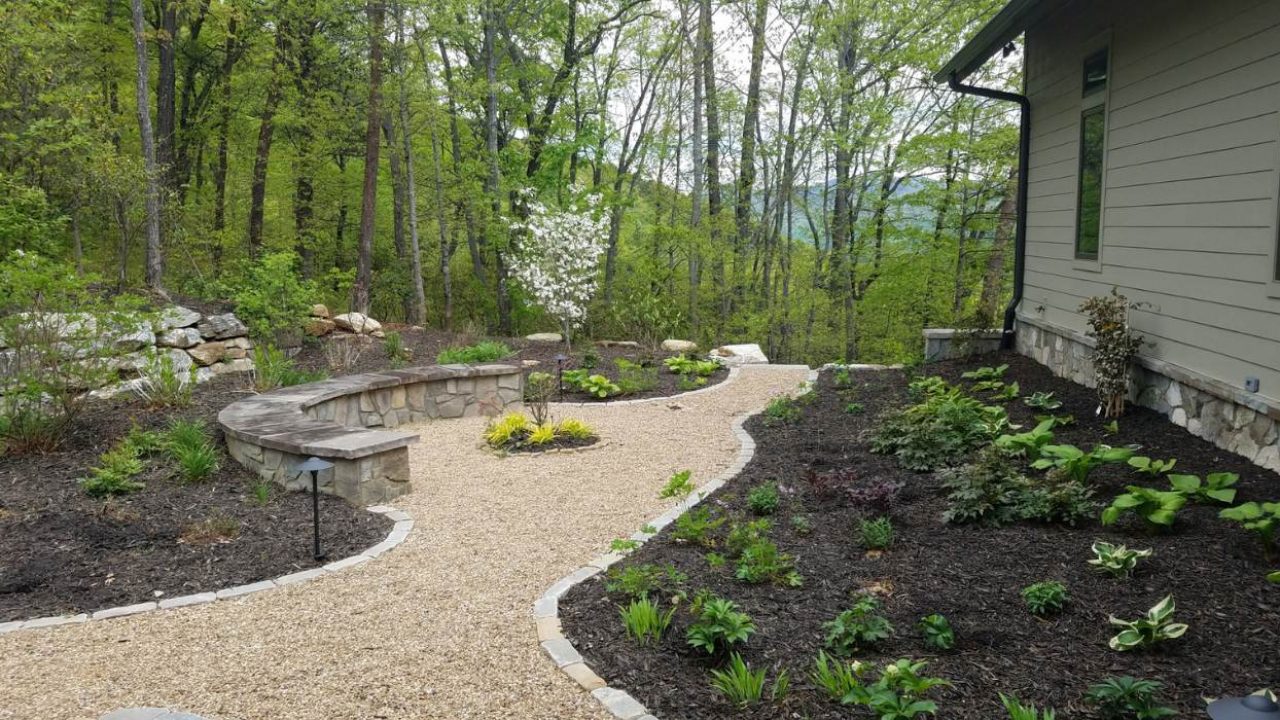

0 thoughts on “What Kind Of Gravel For A Patio”